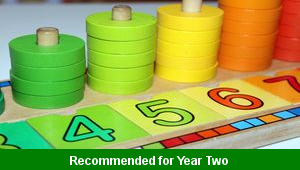Lesson One – What Animals

This science teaching pack for Key Stage One gets the children to identify, describe and compare some of the special animals that can be found living in a range of different habitats that are found around the world.
The class can select and sort animals into groups to to match a range of different habitats such as animals that live in a woodland or a seashore location.
Download this teaching pack including a lesson plan, classroom activities and an interactive presentation to identify, describe and compare some of the special animals that can be found living in a range of different habitats that are found around the world
Activities in this teaching pack include display posters to name and describe different types of habitats found around the world and identify true and false statements about different animal habitats and a set of cards to select and sort animals into different groups according to their matching habitats.
The interactive presentation can be used to explore some of the special animals that can be found living in different habitat around the world.
This lesson is part of a science scheme of work to get the children to identify, describe and compare some of the different animals that can be found living in a jungle habitat including in the tree canopy and undergrowth. There are teaching activities for shared learning, differentiated worksheets to support independent learning and interactive presentations to introduce concepts and key skills.
-

Number Order
Identify and record the sequence of a selection of two digit numbers by the place value of their numerical digits when representing their order using concrete equipment and diagrams
-

Number Lines
Identify and record the position of a range of two digit numbers on different sized scales that extend from zero to one hundred place values
-

Number Words and Digits
Match, compare and order a range of different two digit numbers that have been written in both words and digits from the smallest to biggest values
-

Number Frames
Explain and model how to use pictorial diagrams to represent the values of different numbers to one hundred that have been listed in both words and digits
